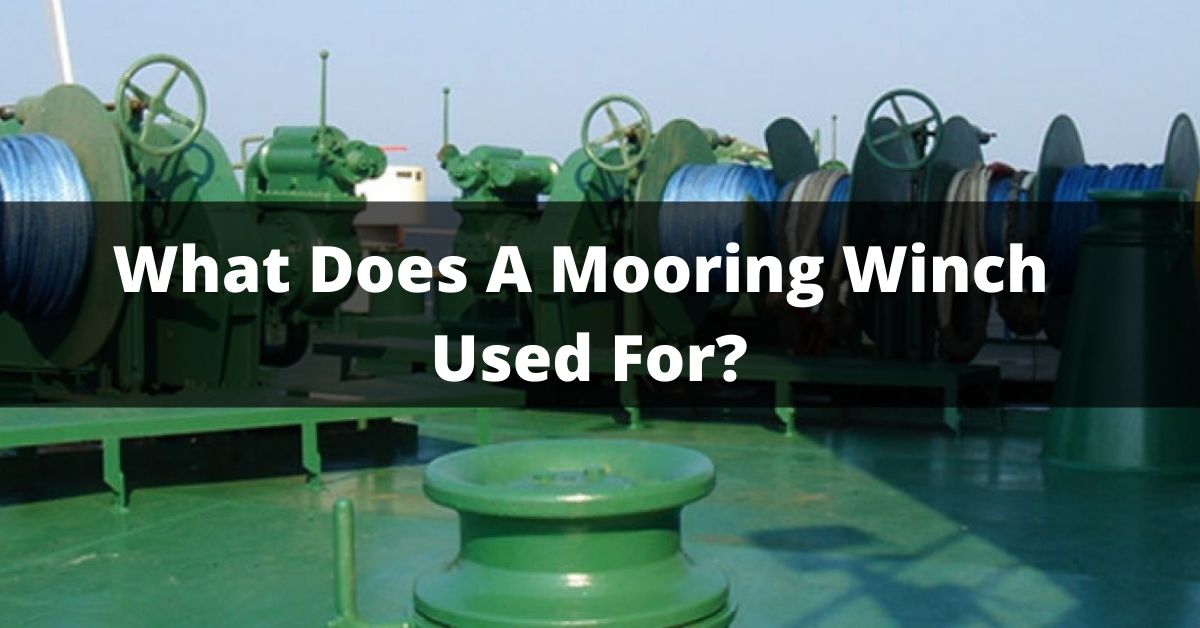A Mooring winch is used to retrieve vessels mooring at a port, pier, or another anchorage. The winch pulls on a cable that attaches to the mooring line when the vessel is moored.
The vessel is then free to move. If the mooring line breaks, the winch can reel in the line. Another use for a Mooring winch is to secure a vessel to a buoy or dock.
Mooring winches are also used for non-moored vessels, such as boats in harbors or on rivers. When a boat is not docked, the winch can secure the boat to a buoy or dock.
The winch can also be used to haul boats up onto docks.
What Is The Mooring Winch?
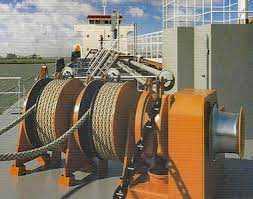
A mooring winch is a type of winch used for various purposes, such as retrieving vessels from moorings or securing boats to buoys. It can also be used to haul boats up onto docks.
Mooring winches are specifically designed for this purpose and come in different sizes and styles. They are either manual or electric.
Someone operates manual winches on the dock. In contrast, electric winches are operated by a motor that runs off battery power.
What Are The Three Types Of Mooring Winches?
There are various types of mooring winches, including
- Manual
- Electric
- Hydraulic
Two main types are electric and manual mooring winches, but the third is also coming in handy.
Each has its advantages and disadvantages, so choosing the right type for the task at hand is essential. Manual winches are the simplest to operate and can be found on most docks.
Still, they are less powerful than electric or hydraulic models. Electric winches are more powerful but can be more challenging to operate.
Hydraulic winches are the most powerful and require the least amount of operator input but can also be the most expensive.
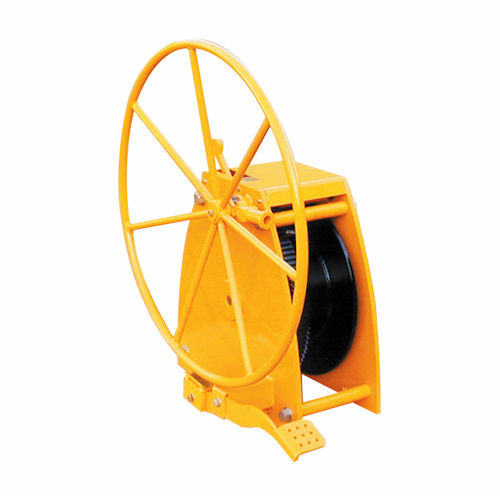
Manual Mooring Winch:
Someone operates this type of winch on the dock. It consists of a handle on one end and a cable attached to the other.
The operator pulls on the handle, which pulls on the cable, which in turn pulls on the vessel. This type of winch is smaller and easier to operate than electric winches, but it is less powerful.
Electric Mooring Winch:
Electric mooring winches are operated by a motor that runs off battery power. They are larger and more powerful than manual mooring winches and come in different sizes to accommodate a variety of vessels.
They are easier to operate than manual winches but can be more challenging to find on docks.
Hydraulic Mooring Winch:
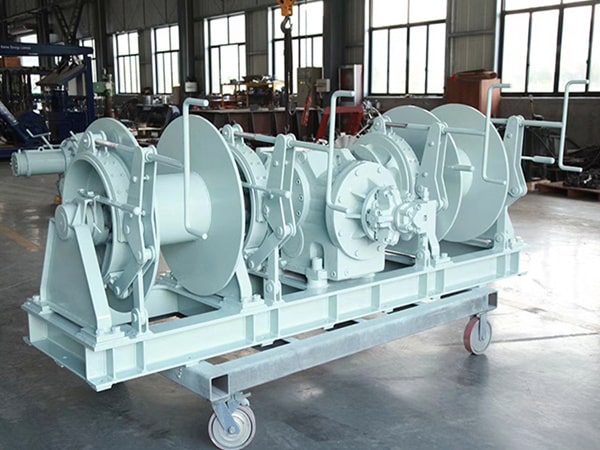
Hydraulic mooring winches are the most potent type of winch and require little operator input. They are generally easier to operate than electric or manual winches but can be more expensive.
The type of winch you choose will depend on the vessel you are moored to, your needs for power and portability, and your budget.
Manual or electric winches are both viable options, and whichever one you choose will make docking and unloading your boat much more accessible.
Winch Specifications:
The specifications of a mooring winch will vary depending on the model. Still, generally, they will have a handle, a cable, and a motor.
The handle will allow the operator to pull on the cable to move the vessel, while the cable will hold the vessel in place. The motor will provide the power to move the vessel.
Winch Maintenance:
Mooring winches require regular maintenance to keep them working correctly. The cable should be checked for wear and tear, and the motor should be serviced if it starts to make noise or becomes difficult to operate.
Overall, mooring winches are a relatively simple winch to maintain. Still, they are essential for keeping vessels secure on docks.
Working Principle Of Mooring Winch:
A mooring winch is a mechanical winch used to secure vessels to docks or other objects. The working principle of a mooring winch is based on the principle of a rotary drum.
The drum has several teeth that mesh with the bearing on the spindle, transmitting the power to move the vessel.
The cable is usually made of steel cable, and it is attached to the spindle on the drum. When the operator pulls on the handle, the cable will stretch and pull on the spindle, which moves the drum.
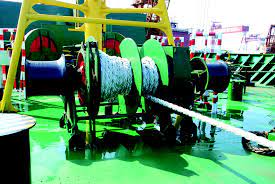
The power is transmitted from the spindle to the cable through the teeth on the drum, allowing the operator to move the vessel.
There are two types of mooring winches:
- Drum
- Pawl
The drum type is more common, and it has several teeth that mesh with the bearing on the spindle.
The pawl type has several arms that are attached to the spindle. The arms can move in different directions, which allows the operator to secure the vessel in different positions.
A mooring winch is an essential tool for dockworkers because it allows them to secure vessels in different positions.
It is also used to pull boats and ships out of the water, and it is often used in conjunction with a dock crane.
There are a number of different types of mooring winches, and they all have their unique features. Some of the more common types include
- Drum
- Pawl
- Semi-trailer
- Side-arm
Each of these types has its advantages and disadvantages, determining which is best for specific applications.
Difference Between Windlass And Mooring Winch:
Mooring winches are different from windlass in several ways. Windlasses are typically less potent than other types of winches but can be easier to use in windy conditions.
Windlasses are also used to move small boats around ports or tow objects using a cable.
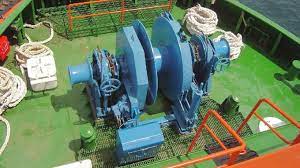
Mooring winches are typically used to move vessels around docks. Lastly, mooring winches typically have a handle, while windlasses do not.
Ultimately, the type of winch you need will depend on the specific situation. If you are moving a boat around a port, a windlass would be better.
If you are trying to tow something using a cable, a mooring winch would be better. Either way, it is essential to get a winch compatible with the task at hand.
What Is The Function Of Mooring Equipment?
The function of mooring equipment is To secure vessels in different positions.
- To pull boats and ships out of the water.
- To provide power to operate dock equipment.
- And To connect vessels to the dock.
- To transfer cargo between vessels and the dock.
What Is Docking?
Docking is the process of aligning a vessel to be moored in a safe and secure location. It is usually done in conjunction with docking procedures designed to minimize the chances of damage to the vessel or its cargo.
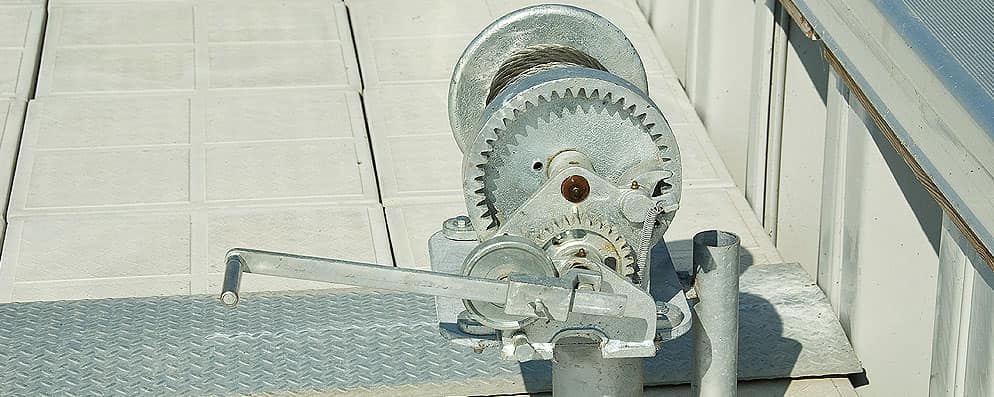
There are several different methods for docking a ship, and each has its advantages and disadvantages.
Some of the more common methods include the bow and stern approaches, the mooring system, and the power docking system.
Each of these methods has its own set of requirements, which must be followed to ensure a safe and successful docking operation.
Failure to comply with these requirements can lead to severe consequences for the vessel and its crew.
What Is The Difference Between Mooring And Docking?
Mooring is the process of securing a vessel to a fixed object, such as a pier, using a mooring line. A dock is a structure that provides a place for boats to tie up.
It may be a permanent structure or a temporary one used while the boat is loaded or unloaded.
Components Of Docking And Mooring:
- Docking- is the process of securing a vessel to a dock using its anchor, lines, or other devices.
- Mooring- is the process of securing a vessel to a fixed object using only a mooring line.
- Mooring Lines- are the ropes used in docking and mooring. They are made from various materials, including nylon, stainless steel, and fiberglass.
- Mooring Buoys- are small objects used as mooring marks. They are typically orange or yellow and have a buoyant agent.
- Pier- is a structural component of docks and other wharves, either temporary or permanent. They provide a place for boats to tie up.
- Wharf- is a structure adjacent to a dock or pier that provides storage, loading and unloading facilities, and other services.
- Anchor- is an object used to secure a vessel to the ground. It can be a weight, chain, or rope.
- Dock- is a structure providing facilities for docking and mooring vessels. A dock may be permanent or temporary, depending on the use to which it is put.
Different Types Of Cables Used With A Mooring Winch:
The rubber-coated steel cable is the primary type of cable used with a mooring winch.
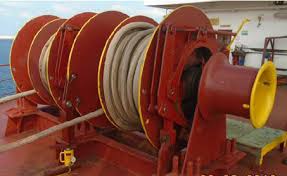
This cable type is strong but can also be easily damaged if caught on something.
Other types of cables used with a mooring winch include the polypropylene cable and the stainless steel cable.
These cables are less likely to catch on things but can be more expensive.
How Do I Use A Mooring Winch?
First, make sure that the vessel is moored correctly to use a mooring winch. The winch should then be connected to the vessel’s power supply, and the cable should be secured to the winch.
The operator should then use the controls on the winch to pull the vessel towards the mooring.
Frequently Asked Questions:
What Is The Purpose Of A Mooring Winch?
The purpose of a mooring winch is to attach a vessel, such as a boat or a ship, to a mooring.
Why Is It Important To Keep The Mooring Winch Greased?
Because the mooring winch is used to attach a vessel to a mooring, it is crucial to keep the gears lubricated to move smoothly. This will prevent the winch from becoming stuck and allow for easy docking.
What Types Of Vessels Can Use A Mooring Winch?
Mooring winches are most commonly used on boats but can also be found on larger ships. They are also famous for use at marinas, where they are used to secure vessels while they are being serviced.
What Are The Different Types Of Mooring Winches?
There are two main types of mooring winches: the side-wheel and the bow-thru. The side-wheel mooring winch is powered by a motor that turns the gears inside the winch.
The bow-thru mooring winch uses a cable to pull the vessel towards the winch.
Quick Summary:
A mooring winch is a machine used to winch or pull objects, such as ships and barges, along a cable. It consists of a drum or wheel with teeth on it, which is attached to a cable.
The winch is used to rotate the wheel, which causes the cable to tighten or loosen. This allows the object to be pulled or pushed along the cable.
Mooring winches come in handy whenever you need to secure a vessel to a mooring or pier. They are typically used for larger vessels than the winch’s capacity, such as cargo ships and tankers.
They are also used to lower or raise vessels in and out of water. In some cases, they are also used to move objects on land.
Video Guide:
Also Read:
- One-Way Motorcycle Adventure to Anchorage In 2023
- Painting ATV plastic with Krylon fusion? – Complete Guidances In 2023!
- What Happens If You Get Caught Riding An ATV On The Road? – Explore The Consequences!
- Suitable ATV for a Really Big Guy – Must Consider This Information
- ATV Accelerating Without Giving It Gas – Facts One Must Know In 2023!
